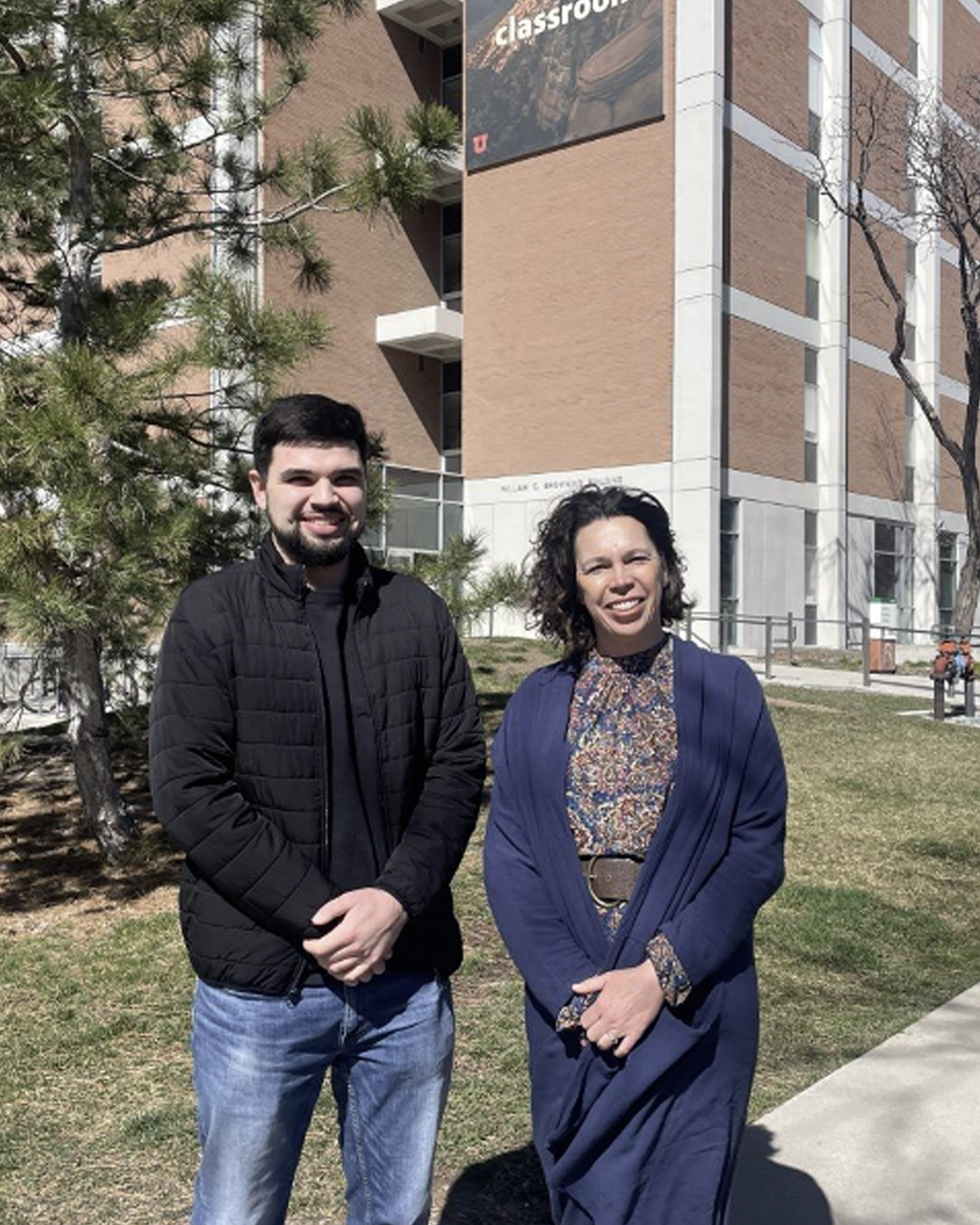
RESEARCHERS LOOK TO ORIGINS OF NEW PARTICLE FORMATION
May 24, 2024
Above: ARM’s ArcticShark soars overhead, capturing measurements to document new particle formation and turbulence in the atmospheric boundary layer. Photo is by Tomlinson.
FIRST USER-DRIVEN ARCTICSHARK CAMPAIGN TAKES FLIGHT IN OKLAHOMA
In the complex dance of atmospheric processes affecting Earth’s energy balance, new particle formation (NPF) is emerging as a center-stage performer—one that helps determine, on a global scale, how clouds absorb and reflect solar radiation. While some aerosols found in the atmosphere are emitted directly as particles from natural or human sources, other aerosols form in the atmosphere from condensation of gases, such as sulfuric acid, that were themselves emitted by various sources. Scientists are studying how often NPF occurs in the atmosphere, and how it contributes to the formation of cloud condensation nuclei. These seed-like particles are where water vapor condenses to make clouds and precipitation.

On May 6, 2024, a small research team from the University of Utah launched Turbulent Layers Promoting New Particle Formation, an Atmospheric Radiation Measurement (ARM) user facility field campaign designed to help scientists better understand the relationship between turbulence and NPF.
“This campaign is unique,” says co-principal investigator Gannet Hallar, a fan of the low- and slow-flying measurement platform. “We will be able to observe these atmospheric processes on the ground and in the air.” Working with Hallar, an ARM data veteran, is her PhD student and co-principal investigator Gerardo Carrillo-Cardenas. They are starting with an established fact: that within the lower troposphere, commonly called the atmospheric boundary layer, turbulent mixing can help initiate NPF.
Hallar and Carrillo-Cardenas are building upon previous work (Siebert et al. 2004, Wehner et al. 2010, and Wu et al. 2021) that considered the possibility of particle formation from intense mixing between the residual layer and the growing atmospheric boundary layer. “We are really seeking to understand how the movement of the atmosphere itself, at a small scale, impacts the formation of aerosols,” says Hallar, “and what chemical components are needed to spark that formation.”
The ArcticShark is equipped with an aerosol instrument package to collect the data needed to address the campaign’s science questions. This package includes a portable optical particle spectrometer and a miniaturized scanning electrical mobility sizer. The Utah team is also taking advantage of the SGP’s ground-based Aerosol Observing System, basic meteorological measurements, regular radiosonde launches, and remote sensing instruments, such as Raman lidars and ceilometers.
The U.S. Department of Energy’s Atmospheric System Research (ASR) program is funding the project. The objective of the ASR project is to examine ARM data globally and better understand NPF’s contribution to cloud condensation nuclei.
Read the full article by Mike Wasem, Staff writer, Pacific Northwest National Laboratory in ARM: Dept. of Energy.